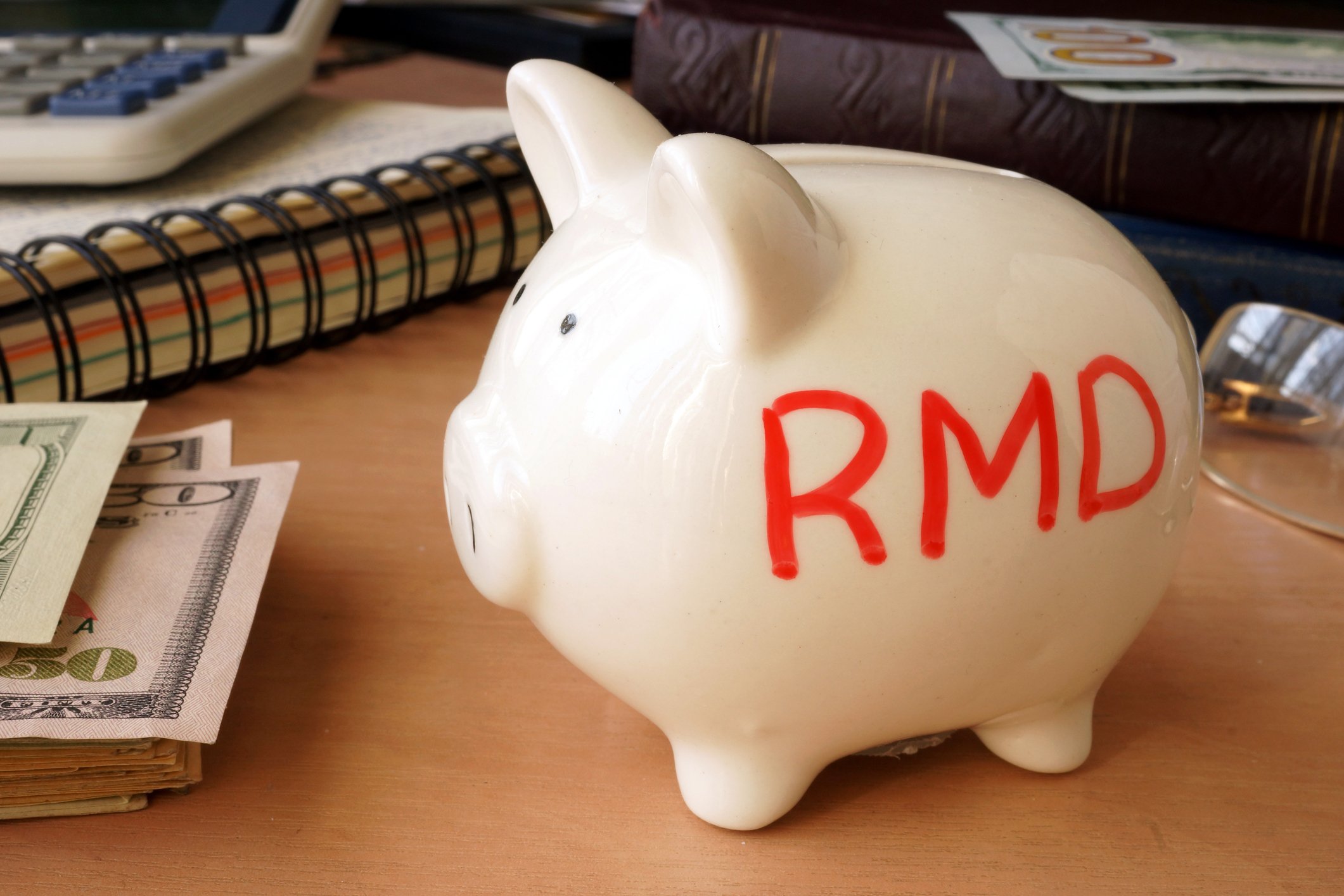Social Security is a retirement income stream millions of seniors rely on. Whether you're close to claiming benefits yourself or years away, it never hurts to familiarize yourself with how the program works. Here are a few rules it pays to commit to memory.
1. Your benefits are based on your specific earnings
The monthly benefit you get from Social Security isn't arbitrary, nor is it universal. Rather, it's calculated by taking your average monthly wage during your 35 highest-paid years in the workforce, adjusting that number for inflation, and then applying a special formula.
This means you have the power to boost your Social Security income by extending your career if you haven't yet put in 35 years, or by increasing your income with a side job while you're still working. Improving on the job skills front could also raise your monthly retirement benefit -- the more valuable an employee you are, the more you might get paid.

IMAGE SOURCE: GETTY IMAGES.
2. You can claim benefits at different ages
There's no single age for signing up to collect Social Security. You're entitled to your full monthly benefit based on your earnings history once you reach full retirement age, or FRA. That age is determined based on your year of birth, as follows:
|
Year of Birth |
Full Retirement Age |
|---|---|
|
1943-1954 |
66 |
|
1955 |
66 and 2 months |
|
1956 |
66 and 4 months |
|
1957 |
66 and 6 months |
|
1958 |
66 and 8 months |
|
1959 |
66 and 10 months |
|
1960 or later |
67 |
DATA SOURCE: SOCIAL SECURITY ADMINISTRATION.
However, you're allowed to claim Social Security as early as 62, with the caveat that filing ahead of FRA means reducing your benefits in the process. On the flip side, you can delay benefits past FRA and boost them. For each year you hold off on filing, you'll give your benefits an 8% increase up until age 70, at which point that incentive runs out.
3. You can collect Social Security even if you never worked
We just learned that Social Security benefits are based on lifetime earnings, but if you've never held down a job, you can still receive benefits if you're married (or were married) to someone who's eligible. It's a provision known as spousal benefits, and it means you're entitled to up to half of your current or former spouse's monthly benefit once you reach FRA.
If you're still married, you'll need to wait for your spouse to claim Social Security until you can file yourself. And if you did work and are entitled to your own benefit, but your spousal benefit is higher, you'll be bumped up to that larger number. You can't, however, collect both your own benefit and a spousal benefit -- that sort of double-dipping won't fly. Another thing: You can't grow a spousal benefit like a regular benefit, so once you reach FRA, it pays to claim the spousal benefit you're entitled to.
Social Security has a lot of rules, but these are some of the more important ones you need to know about. That said, it pays to keep reading up on how the program works to put yourself in the best position to make the most of it.





